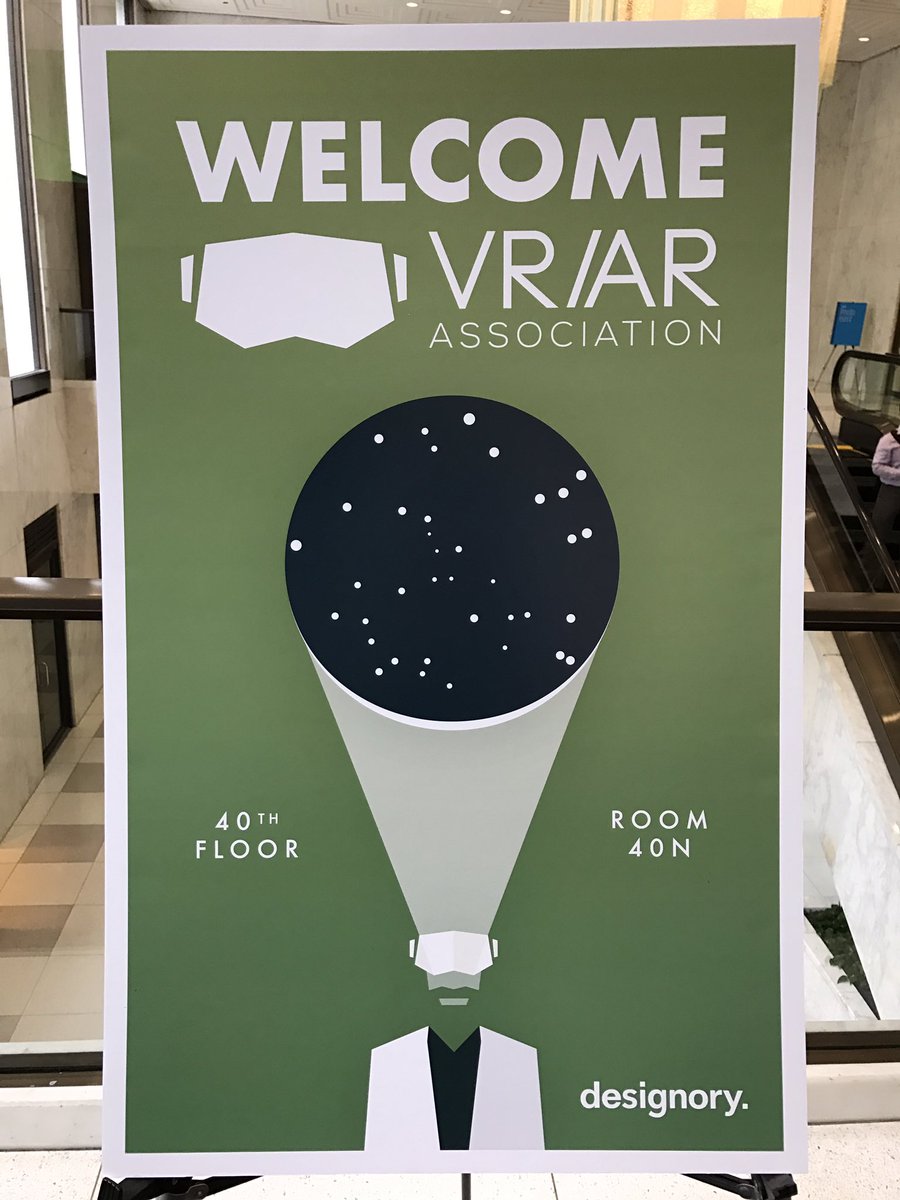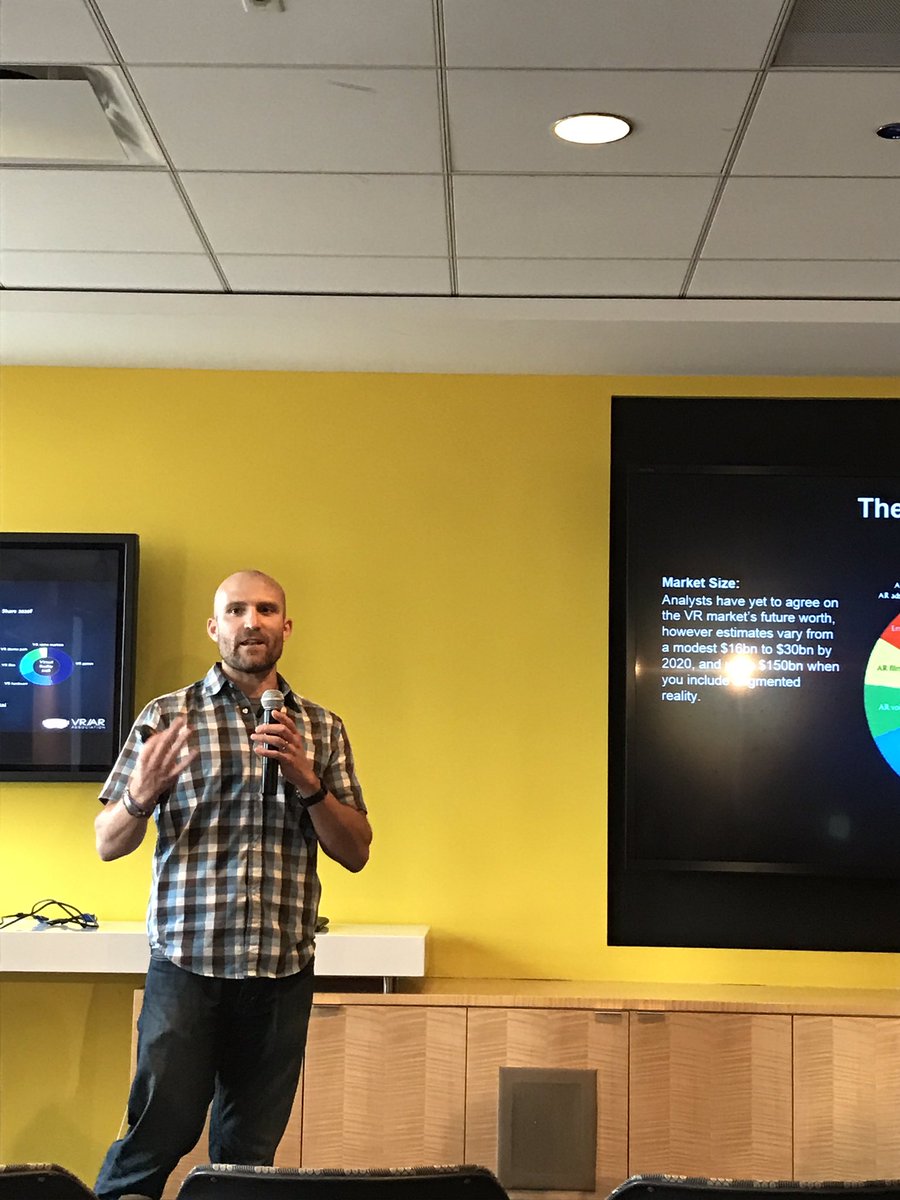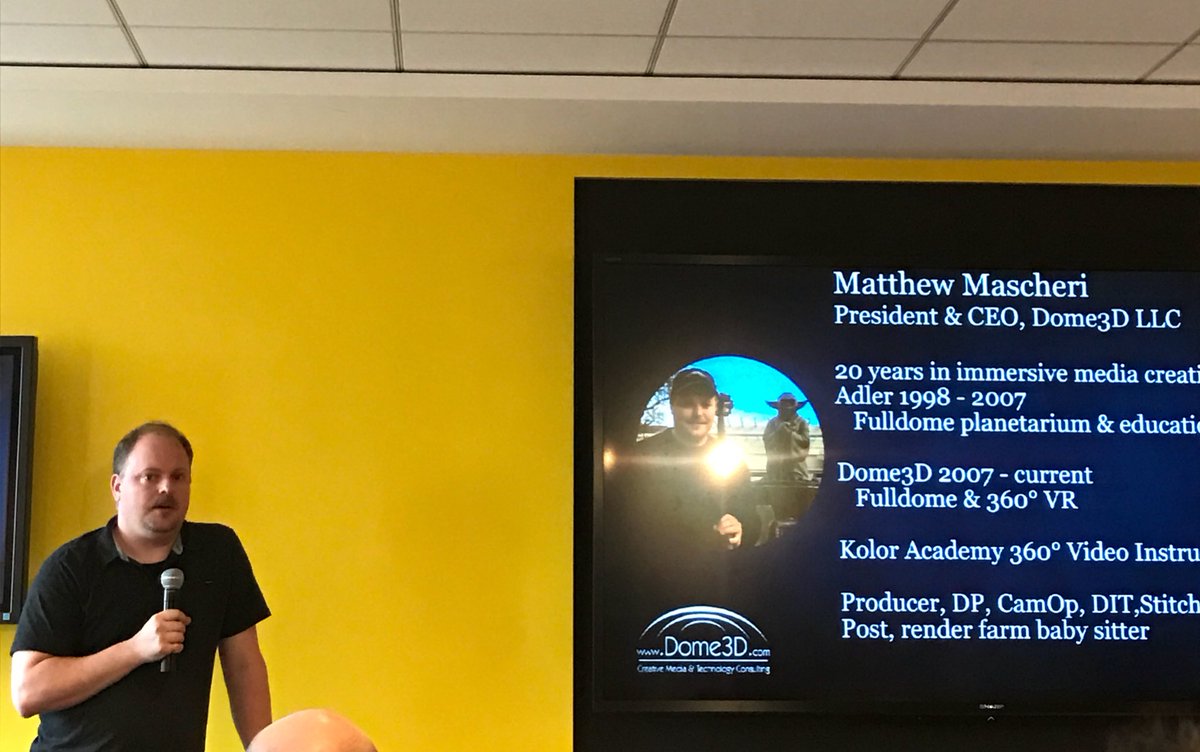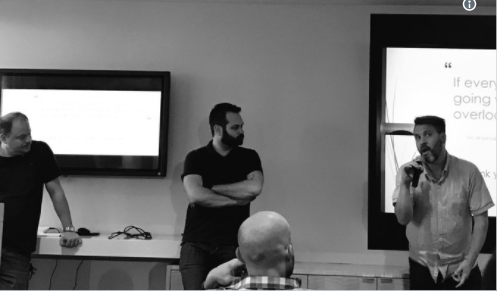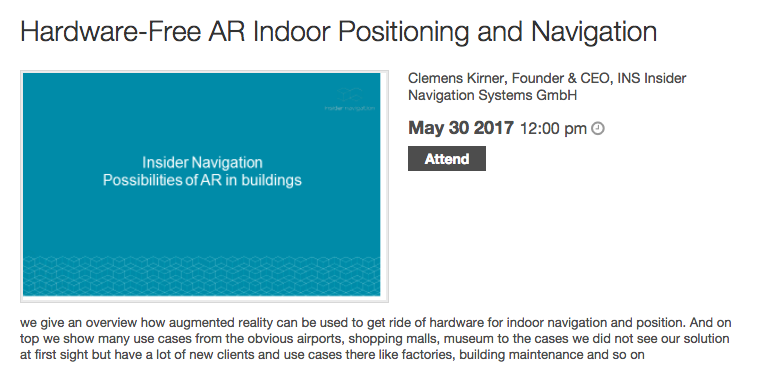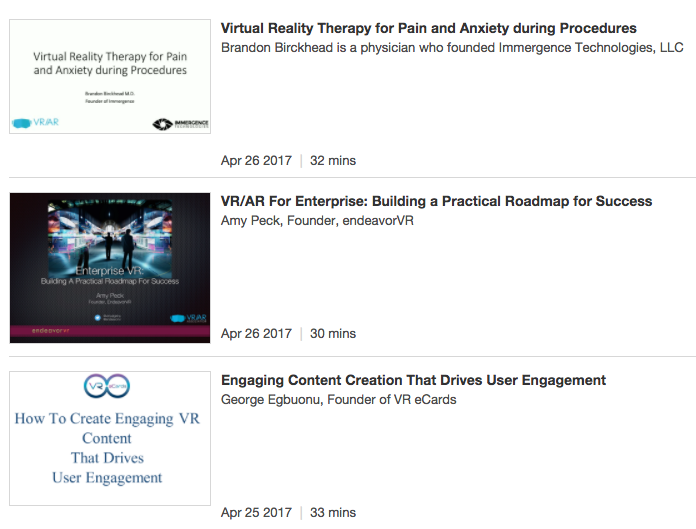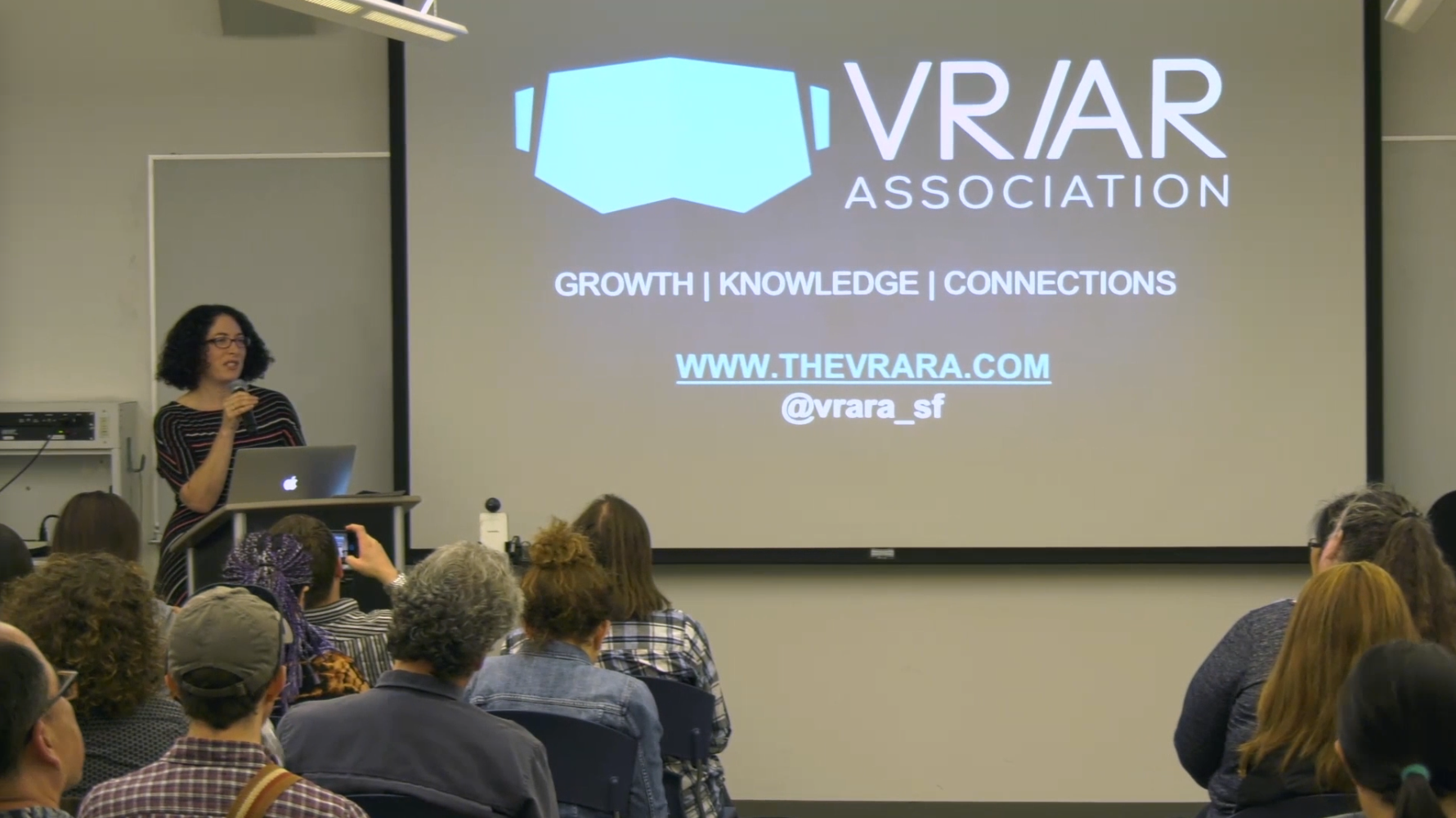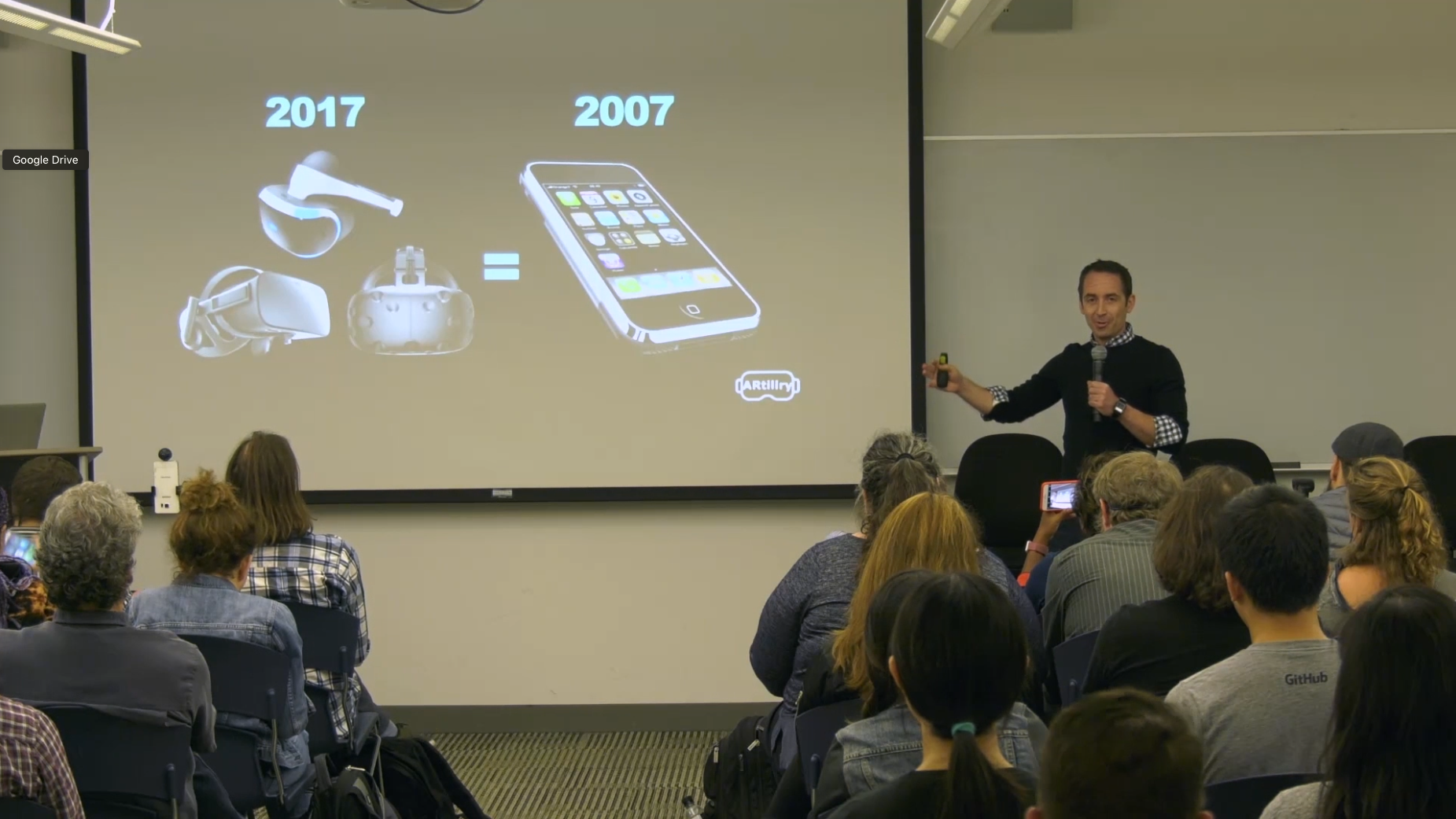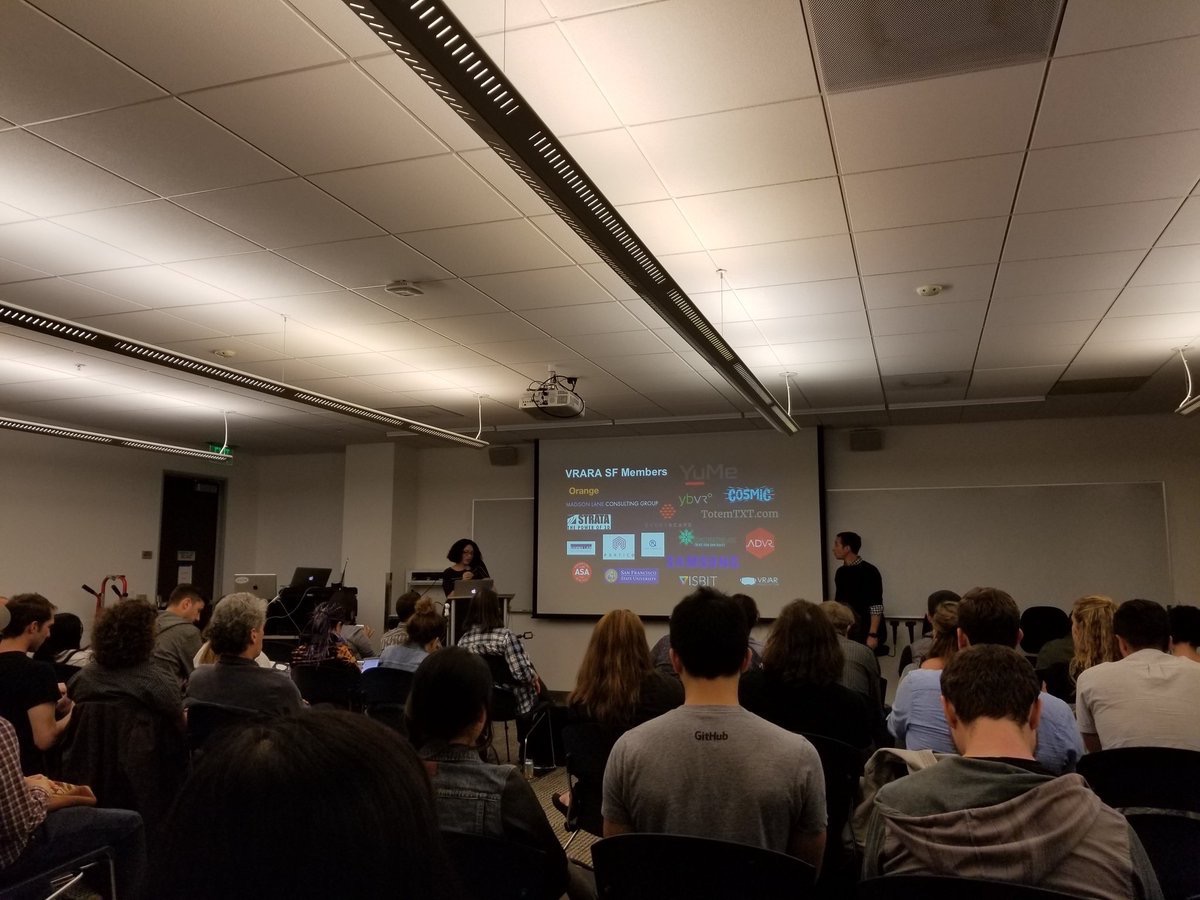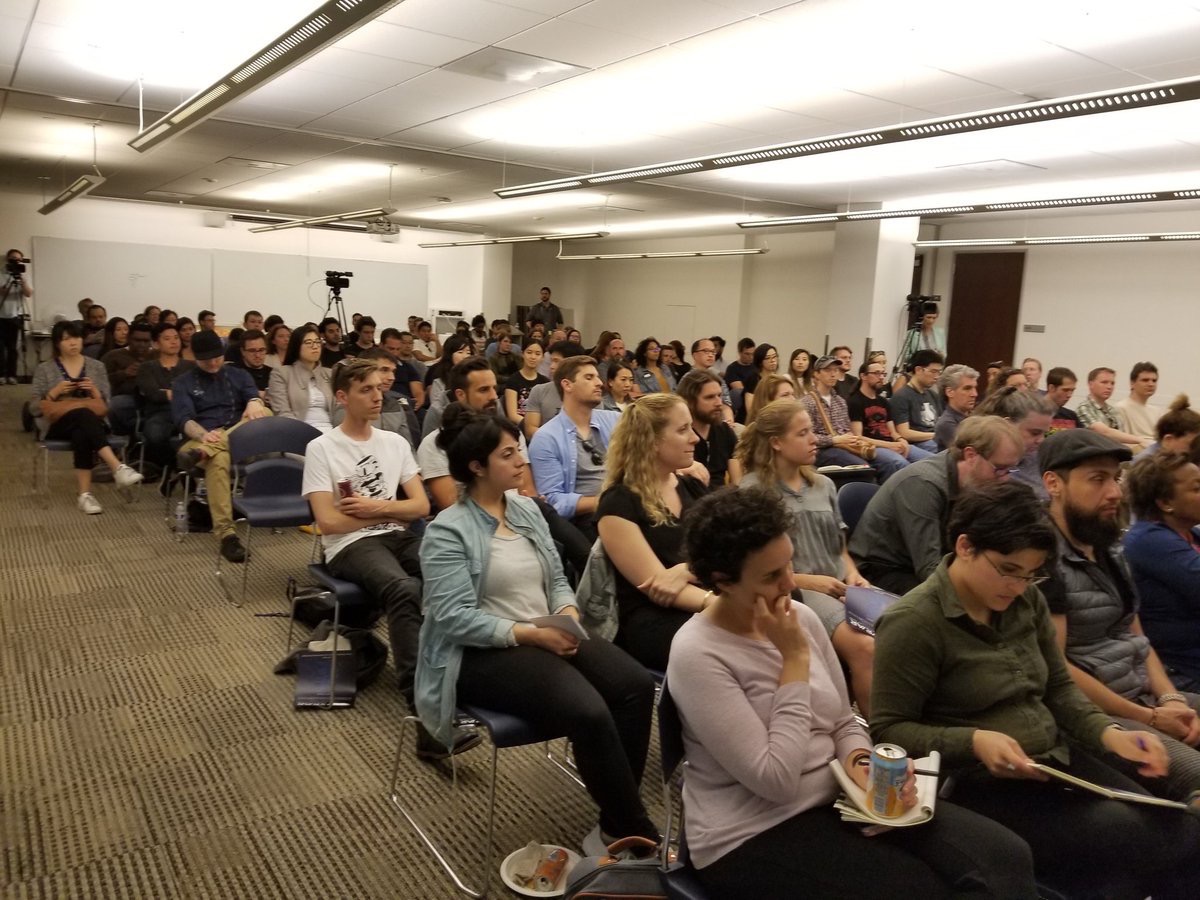By Gina Joseph
We knew Chicago was already on the road to becoming a legitimate tech hub when we started InContext back in 2009. But never has it been so obvious just how innovative the city has really gotten than learning about some amazing startups at the VR/AR Association Chicago chapter launch event that took place yesterday evening.
As we previously wrote, InContext CTO Tracey Wiedmeyer was asked to head the Chicago chapter of the VR/AR Association, and represent the immersive Midwest scene. Last night we kicked off the chapter at the Aon Center, with speakers and demos from VR/AR companies DOME3D, Relativity VR, Quriosity, and VIATechnik. Highlights included hearing about DOME3D’s 360 video work with Warren Buffett, and learning what goes into creating live 360 VR for Lollapalooza.
The discussion also got into the ethics involving VR and what it will mean for journalism, how it will affect online viewing, and, as Relativity VR’s Tim Woensdregt put it, how VR is “the great empathy machine.” We got to learn about how architectural firms are utilizing VR, and experience what it felt like to be on top of one of the parade busses after the Blackhawks won the 2015 Stanley Cup.
The kickoff of the VRARA Chicago chapter was just the start of what will be many events to come. InContext will host a VRARA event in Minneapolis in the near future, so stay tuned for that, Minnesotans! Future Midwest VRARA events will include panelists, more demos, and of course, food and drinks to keep you energized, so be sure to stay on top of what’s coming up. In the meantime, contact us here at InContext or on Twitter at @vrara_chicago for more information on how you can be involved in the VR/AR Association Chicago chapter. We hope to see you (virtually or IRL) very soon!
Cool simulations from @VIATechnik #VRARA #VR #AR pic.twitter.com/52P8t2nhCK
— VRARA Chicago (@vrara_chicago) June 9, 2017

